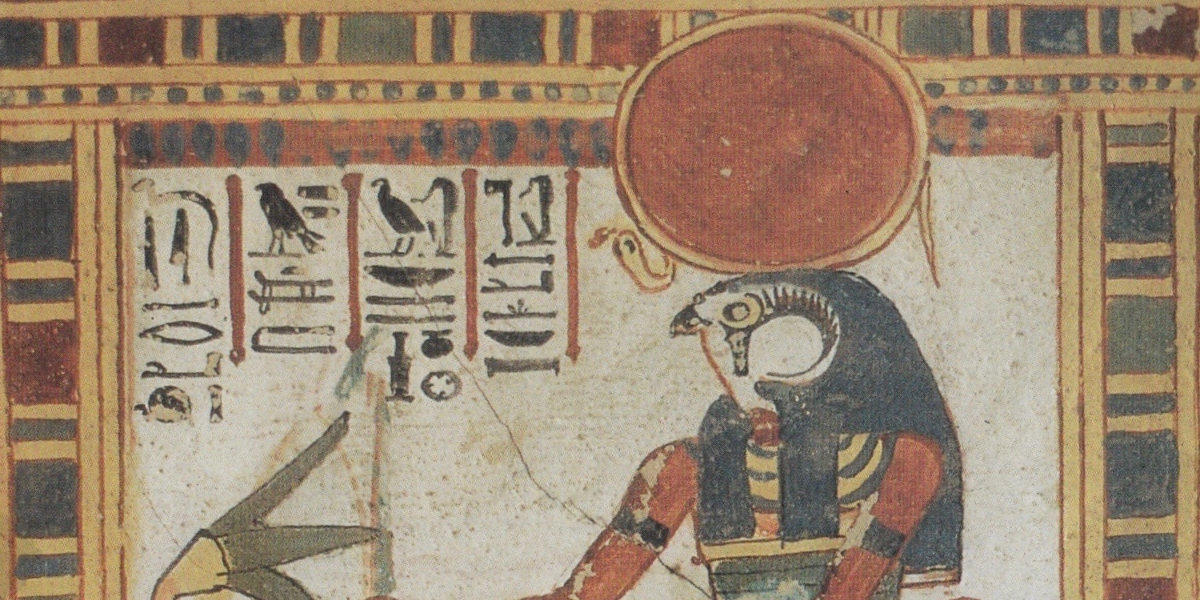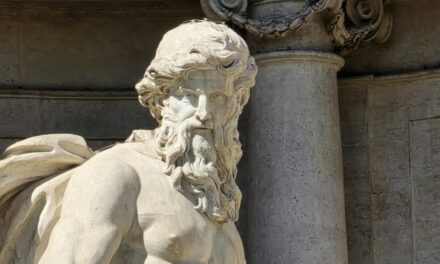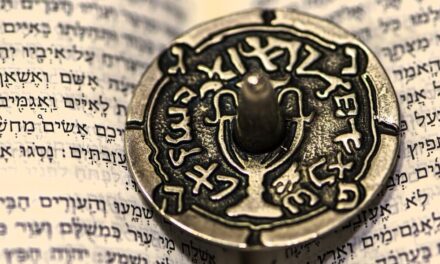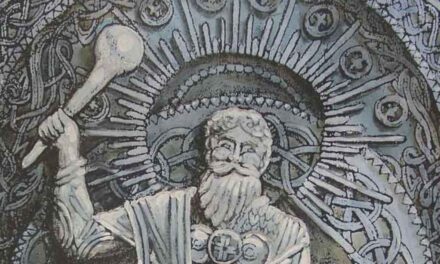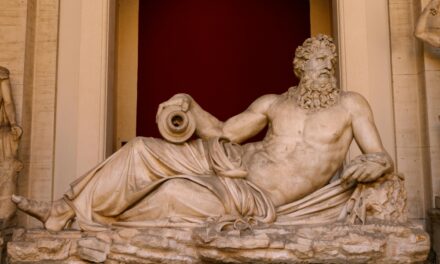Introduction
Beneath the blazing sun of the Nile, where deserts stretched to the horizon and life bloomed along the river’s banks, the Egyptian gods reigned as keepers of balance. They were gods of order and chaos, of life and death, of creation and destruction. Their forms were many — human, animal, or a union of both — yet each embodied powers that touched every heartbeat of the ancient land. To honor them was to maintain ma’at, the sacred balance that held the universe together.
Former Glory
The gods of Egypt once stood at the center of one of the world’s most enduring civilizations. Ra, the sun god, sailed across the heavens by day and braved the underworld by night, ensuring the world’s survival with every dawn. Osiris, god of the dead and resurrection, ruled the afterlife, while his sister-wife Isis embodied magic, motherhood, and divine protection. Horus, falcon-eyed and fierce, rose as the avenger of his father and the guardian of kingship. Anubis, jackal-headed guide of souls, presided over the mysteries of death and embalming. Sekhmet, lioness of war and healing, unleashed destruction yet restored balance when appeased.
Their temples towered across Egypt: Karnak for Amun-Ra, Philae for Isis, Abydos for Osiris. Pilgrims came to leave offerings of bread, beer, flowers, and incense, while priests tended the statues of the gods as living beings, washing, anointing, and clothing them daily. Festivals such as the Opet and the Beautiful Feast of the Valley united cities in processions, feasts, and sacred drama. The gods were not distant — they dwelled in every sunrise, every flood of the Nile, every breath of life and shadow of death.
Modern Revival
Though the old temples fell silent with the rise of new religions, the Egyptian gods live again in the hearts of modern practitioners of Kemetic Reconstructionism and Kemetic Orthodoxy. Across the world — in the USA, the UK, Europe, and Egypt itself — their names are spoken once more, their myths studied, and their rites revived.
In Kemetic Orthodoxy, founded in the late 20th century, worshipers honor the Netjeru (gods) through daily offerings, prayers, and festivals adapted from ancient sources. Isis remains one of the most widely revered, her cult continuing much as it did in antiquity, drawing devotees who see her as a mother, magician, and protector. Osiris and Anubis are invoked in rituals concerning death and remembrance, while Ra and Horus inspire those who seek strength, clarity, and renewal.
Practitioners build altars adorned with statues, candles, incense, and bowls of water or milk, recreating the presence of the gods in their homes. Online communities share hymns and ritual guides, while in some places — such as Egypt and the United States — groups gather for public festivals honoring the Netjeru. The gods are approached not as distant relics, but as living beings, protectors, and companions of modern life.
Conclusion
The Egyptian gods, once at the heart of the world’s first great empire, now whisper their names again across deserts, cities, and the digital age. They are the eternal sun, the endless night, the pulse of death and rebirth. And so the question remains: does Isis still weave her magic around her followers, does Ra still sail across the sky to light their days, and does Anubis still walk beside the living who honor him with reverence?

